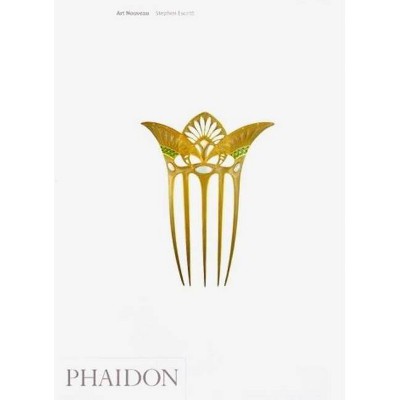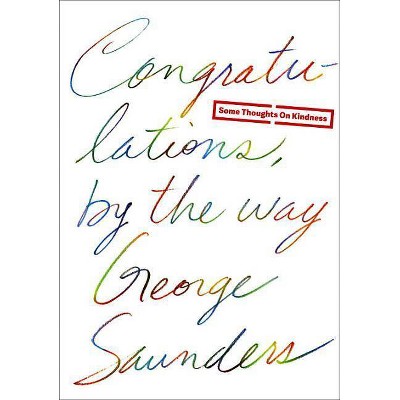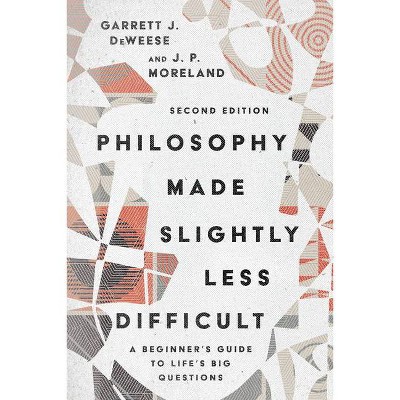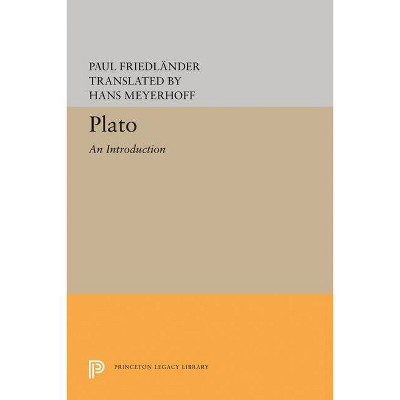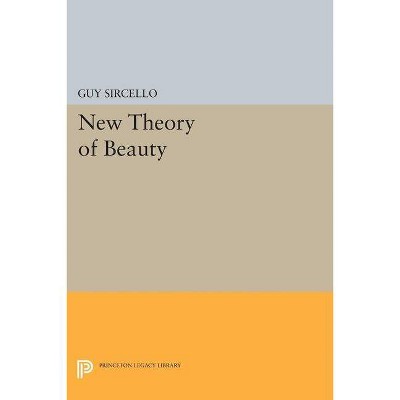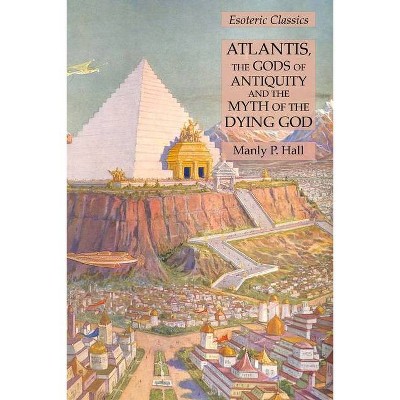Sublime Art - (Crosscurrents) by Stephen Zepke (Hardcover)
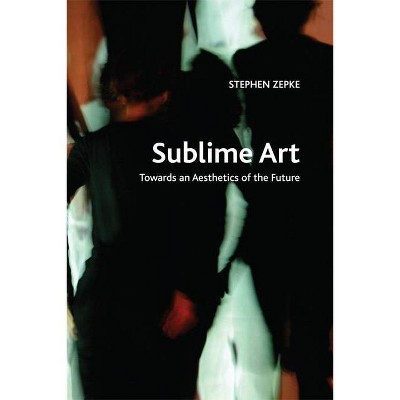
Similar Products
Products of same category from the store
AllProduct info
<p/><br></br><p><b> About the Book </b></p></br></br><p>Stephen Zepke shows how the idea of sublime art waxes and wanes in the work of Jean-François Lyotard, Gilles Deleuze and Felix Guattari, Jacques Derrida, Jacques Rancière and the recent Speculative Realism movement. </p><p/><br></br><p><b> Book Synopsis </b></p></br></br><p>Stephen Zepke tracks the sublime art movement from its beginnings in Kant to its flowering in the late 20th and early 21st centuries. He shows that the idea of sublime art waxes and wanes in the work of Jean-François Lyotard, Gilles Deleuze and Felix Guattari, Jacques Derrida, Jacques Rancière and the recent Speculative Realism movement. With it, a visionary politics of art seeks to give it the most creative power possible: the power to overcome our conditions and embrace the unknown.</p><p/><br></br><p><b> From the Back Cover </b></p></br></br>'Stephen Zepke is already known as a considerable philosopher of the new. In these pages he expertly navigates the inconsistent legacies of Kantian aesthetics with the goal of regaining the political and philosophical potentialities of sublime art and its role in difficult eruptions of the new. Zepke's analyses range across a continuum of discomfort attributed to the sublime through exquisitely crafted chapters that counterpoise Lyotard, Deleuze, Derrida and Rancière. This book may have absorbed its subject so well that its readers will be left in tatters.' Gary Genosko, University of Ontario Institute of Technology 'A remarkable book that explores the reception of Kant's theory of the sublime in Lyotard, Deleuze and Guattari, Rancière and Derrida, as well as in more recent philosophical movements such as Speculative Realism and Accelerationism. But Zepke is an equally astute observer of the art world, and he simultaneously examines the role that this "sublime aesthetics" has (or has not) played in contemporary artistic production and political struggles. Sublime Art is not only the definitive analysis of the reception of the Kantian sublime, but a visionary manifesto for the aesthetics of the future.' Daniel W. Smith, Purdue University How art can create a new future Sublime art exceeds the present. It is an undetermined expression that in coming into being creates new universals, new modes of life and new coefficients of freedom. Stephen Zepke tracks this movement from its beginnings in Kant to its flowering in the late twentieth and early twenty-first centuries. He shows that in the work of Jean-François Lyotard, Gilles Deleuze and Felix Guattari, Jacques Derrida, Jacques Rancière and finally in the recent philosophy of Speculative Realism the idea of sublime art waxes and wanes, and with it a visionary politics of art that seeks to give it the most creative power possible, the power to overcome our conditions and embrace the unknown. Stephen Zepke is an independent scholar based in Vienna, Austria. Cover image: BADco. Memories Are Made of This... performance notes, 2006, Photo: Tor Lindstrand Cover design: [EUP logo] edinburghuniversitypress.com ISBN 978-0-7486-6999-8 Barcode<p/><br></br><p><b> About the Author </b></p></br></br><p>Stephen Zepke is an independent researcher living in Vienna. He has published numerous essays on philosophy, art and cinema. He is the author of Art as Abstract Machine, Ontology and Aesthetics in Deleuze and Guattari (Routledge, 2005), and co-editor with Simon O'Sullivan of Deleuze and Contemporary Art (Edinburgh University Press, 2010) and Deleuze, Guattari and the Production of the New (Bloomsbury Academic, 2008).<p>
Price History
Price Archive shows prices from various stores, lets you see history and find the cheapest. There is no actual sale on the website. For all support, inquiry and suggestion messages communication@pricearchive.us
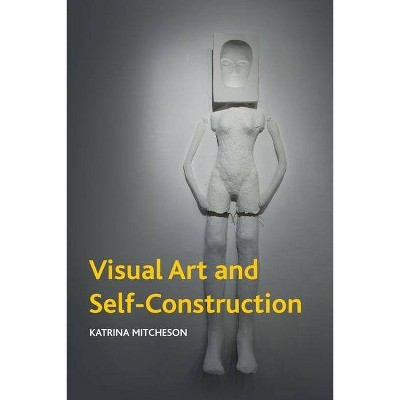
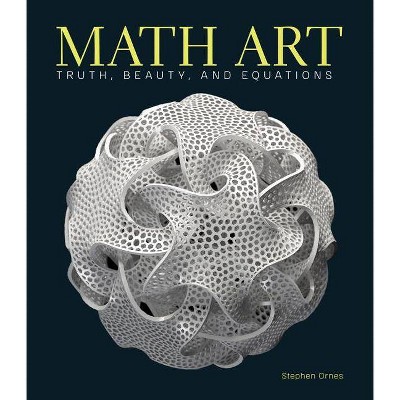
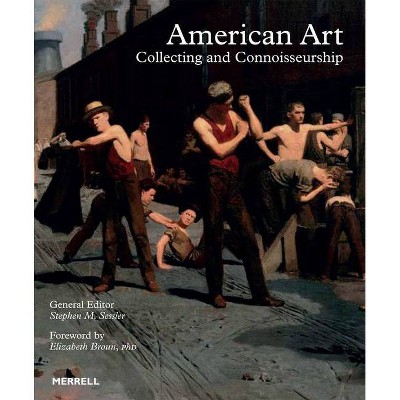

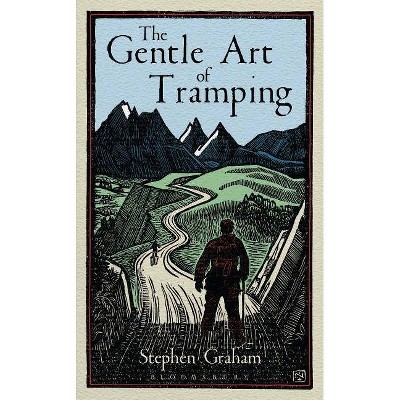
![Sublime - Sublime [Explicit Lyrics] (CD)](https://target.scene7.com/is/image/Target/GUEST_b4c79711-113a-4857-9638-69f51eb855fa)

